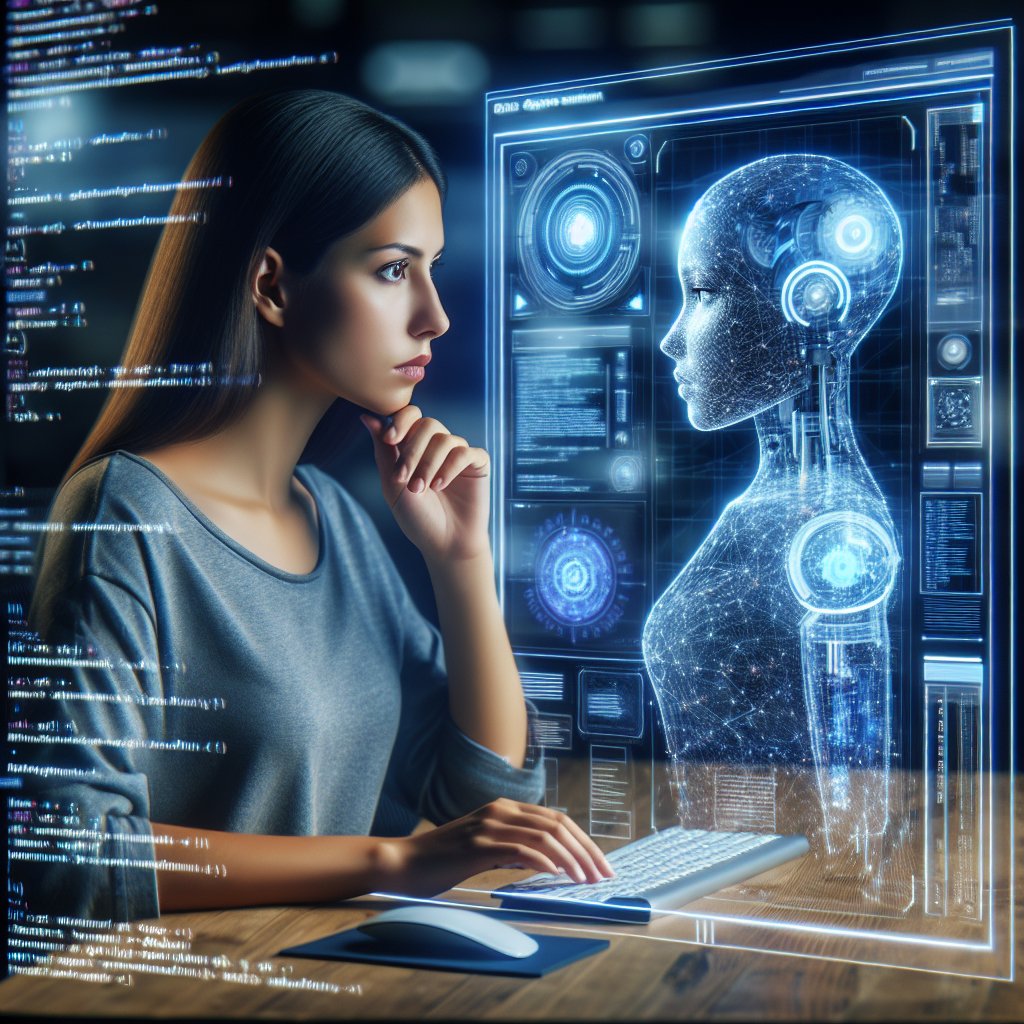Unlocking the AI Code: Navigating the Challenges and Opportunities with ChatGPT in Software Engineering
The tech world is buzzing, isn't it? With AI technology slowly weaving itself into the very fabric of our daily lives, it's hard not to get swept up in the excitement. Large Language Models (LLMs) like ChatGPT are sprucing up software development scenes all around, promising to ease workloads and spark creativity. But are they as flawless as we hope? Recent research by Jiessie Tie and colleagues delves into this very inquiry, exposing the not-so-glamorous side of AI chatbots in software engineering (SE). Let’s snack on their findings and digest what this means for budding developers and seasoned engineers alike.
Of Promises and Pitfalls: The AI Magic Spark
Imagine you’re working on a complex jigsaw puzzle. There’s a nifty new tool that promises to find and fit the pieces for you—sparing you from endless trial and error. Sweet, right? This is the promise of AI assistants like ChatGPT for software engineers. Whether it's automating the mundane or lending a cognitive hand, these digital assistants have captured the hearts of many across the tech landscape.
They offer a fresh way to handle repetitive chores, lessen mental stress, and accelerate productivity. From student coders to adept professionals, the AI companionship is becoming indispensable across computer science and SE. As with all shiny new toys, however, a moment comes when the enchantment wears off and reveals the gritty truth hidden underneath.
Peeling Back the Curtain: Cracks in the AI Veneer
The investigation led by Tie et al. focuses on the real-world interaction between software engineers and ChatGPT. With 22 participants set for the study, ChatGPT took on the role of a coding assistant in hands-on SE tasks. But as our researchers observed, not everything was picture perfect. Let’s unfold where things got tangled.
Oops, Code's a Dud!
Much like that puzzle tool maybe jamming up, ChatGPT wasn’t always on target. For those enameled deep in code, the AI’s knack for conjuring incorrect solutions is a significant stumble. It may suggest rainbows and unicorns, but they occasionally turn into stormy clouds of confusion. Novice engineers, in particular, found themselves tangling in the chatbot's web of inaccuracies, with incorrect code leading to frustration and wasted effort.
Over-Reliance: The AI Tug-of-War
An over-dependence on these models can also lull developers into a false sense of security. Think of it like watching those binge-worthy mystery series—relying solely on the recap and missing the plot’s juicy nuances. Potential pitfalls lurk in the shadows when engineers lean too heavily on AI without sharpening their own skills. It’s vital to keep a balance between machine aid and human intuition—like good cop, bad cop in tech upgrades.
Cognitive Grind: Use, Don't Excuse
Automation can ease cognitive strain, but there's a flip side. Sometimes, handing over tasks to AI without oversight can dull problem-solving abilities. It’s akin to letting the GPS run the show without bothering to learn the route—you might just miss the scenic road of discovery and innovation.
The Silver Lining: Shaping a Stronger AI Partnership
While LLMs are not without their hitches, they don’t need to be thrown out with the bathwater. These findings offer a roadmap for refining these AI companions for better collaboration. Here’s how these Master Yodas of code can be improved:
Re-tooling AI for Better Support: By identifying where ChatGPT stumbled, developers can refine AI tools to filter out inaccuracies, setting the stage for more precise coding aid.
Balance Manual and Machine: Engineers might benefit from an approach that blends AI’s brute force with their logical finesse—much like pairing Watson’s analysis with Holmes’s intuition.
Training the Human in the Loop: Equipping users with the knowledge to actively question and refine AI suggestions will ensure they stay masters of their domain, not just passive spectators.
Key Takeaways
Stepping into this AI-embossed realm isn’t without its snags, but with careful consideration, software engineers can turn these into stepping stones for innovation. Here’s what we learned:
AI Benefits with Caveats: While LLMs can boost productivity, they are fallible. Recognizing their limits is crucial for effective use.
Cognitive Balance is Key: Maintaining one’s own problem-solving skills is essential—use AI as an aid, not a crutch.
Focus on Refinement: Continuous evaluation of AI performance can enhance its reliability and utility in real-world applications.
Optimizing Human-AI Interaction: This research points to a future where human insight and AI assistance go hand in hand, chiseling comprehensive solutions together.
So, dear code aficionados, as you harness AI’s potential in your creative and coding journeys, remember—it’s not just about picking up new tools; it's about honing new skills to wield them wisely. With a considered approach, the AI workspace can indeed become the collaborative haven it aspires to be. Let’s embrace the quirks and work towards a digital partnership that truly ignites innovation!

